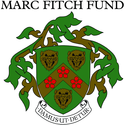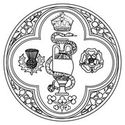Documentation from the 2013-2019 Project: 'The Archaeology of Bidford-on-Avon: The Anglo-Saxon Cemetery'
Tania Dickinson, 2019. https://doi.org/10.5284/1052662. How to cite using this DOI
Data copyright © Dr Tania Dickinson unless otherwise stated
This work is licensed under a Creative Commons Attribution 4.0 International License.
Primary contact
Dr
Tania
Dickinson
York
Resource identifiers
- ADS Collection: 3491
- DOI:https://doi.org/10.5284/1052662
- How to cite using this DOI
Overview

The collection consists of three documents, which support and supplement data, analysis and discussion published in the project report: S M Hirst and T M Dickinson, 'The archaeology of Bidford-on-Avon: excavations 1970–94', Transactions Birmingham and Warwickshire Archaeology Society, 123 (2021), 1–211. The principal text is a new catalogue of burials and artefacts found before 1971
The Shakespeare Birthplace Trust, Stratford-upon-Avon cares for the non-digital archives and artefacts from the 1920s interventions, and the Warwickshire Museum, Warwick those from the 1971–94 excavations. A small number of artefacts from Bidford found in the 19th century are located in Worcester City Art Gallery and Museum.









